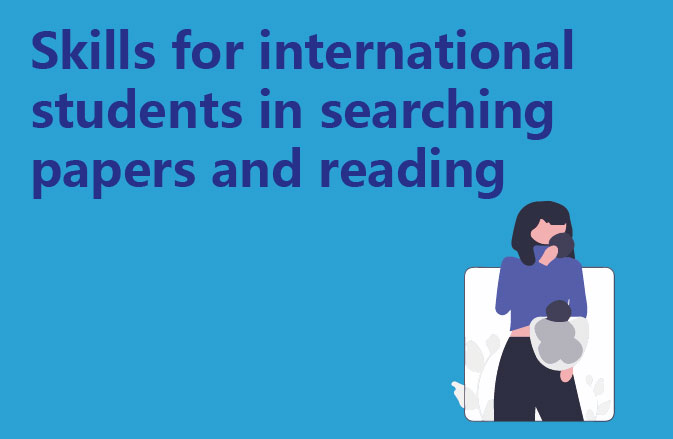Writing a paper requires the use of references, which can be found by searching for literature. There are four methods for searching literature: direct method, sequential method, inverted method, and spot check method.
1. The direct method is to use search tools to find literature, among which the sequential, reverse, and spot check methods are more commonly used.
(1) Sequential search method: Search literature in chronological order, from far to near, suitable for large-scale research projects.
(2) Reverse search method: Look for recent literature in reverse, so that you can quickly see the latest information.
(3) Spot check method: Select the time period when literature information is most likely to appear or appears frequently, and concentrate on searching.
2. Traceability method
A simple way to expand information sources is to use the references listed at the end of the existing literature, rather than using general search tools, to trace and search for citations one by one.
3. Comprehensive method
The comprehensive method, also known as the cycle method, is a method that combines the above two methods. The comprehensive method requires both routine retrieval using retrieval tools and retrospective retrieval using the references attached to the literature, using these two methods alternately in stages and segments.
1. Swap search terms
Search terms can be transformed into synonyms, synonyms, related words, singular and plural forms, abbreviations, and even verb tenses. Each search term has multiple expressions, and if translated from English, there may also be multiple translation methods, so it is important to try to find all synonyms and synonyms. Related words are words that have a different meaning from the search term but are related. For example, synonyms for META analysis include meta-analysis, meta-analysis, and meta-analysis. Synonyms include systematic reviews, while related terms include evidence-based medicine.
2. Use truncation marks to help
It will be difficult to expand the search results solely by finding all synonyms and synonyms, and in this case, truncation marks can come in handy. The common truncation characters are “?” and “*”, which have different meanings in different databases, but generally speaking, “?” represents 0-1 characters, and “*” represents multiple characters.
3. Use superlative words, which can contain more words
Some retrieval systems have a subject word pathway, in which case the higher-level subject word can be used. For example, fruit is the superlative word for apples, and the superlative theme word for probic neoplasm is probic disease.
4. Change the Boolean operator
Replacing AND that connects multiple search terms with OR can increase the number of retrieved literature.
5. Exchange search terms
For example, when searching, if the search term is required to be in the title, keywords, or topic, but too few are found, then search in the abstract or full text, and more literature will be found.
6. Reduce restrictions and try using subheadings
If there are restrictions on the previous search, then relax or remove them appropriately; If you search using a combination of theme words and sub theme words, see if you have missed any possible sub theme words.




